
Digimon Source Code launched in China
The release of Digimon Source Code in China is well on its way as the developers were recently looking for testers for a closed beta, with in-game rewards . Together we discover some of the content with more than 300 Digimon and the context of the game in the market and within the Japanese license.
Digimon Source Code to be forced into China
The popular anime and manga Digimon obviously comes to us from Japan. Developed this time by Bandai Namco Shaghai and Baidu Games, Digimon Source Code is the new iteration of this anime license that is trying to be popular. It must be said that Bandai Namco is really pushing hard in China with its creature collection IP.
Successive releases of Digimon games
Far from being as successful as the video game ports of Pokémon, Digimon tried to impose itself on the Chinese market with Digimon: New Century a few months earlier. Players don't have time to rest between two releases of the licence. By the way, there is also Digimon Super Rumble in Korea, a PC MMO from just last month. That's what I call an aggressive strategy!
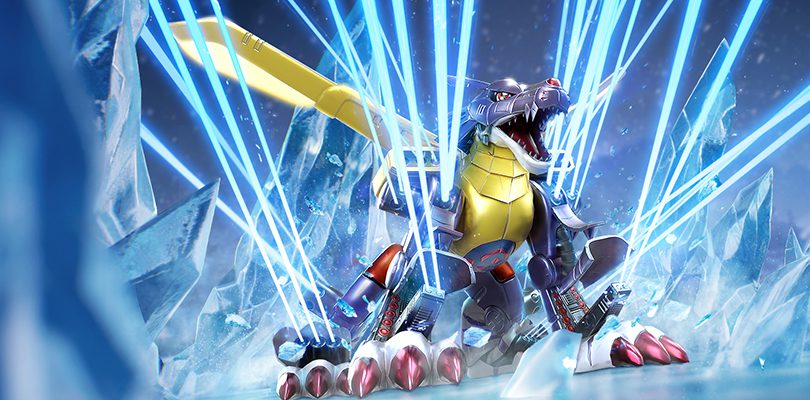
Content of the game
As I mentioned earlier, Digimon Source Code is offering 300 Digimon at the launch of its closed beta in China. Alongside this wide array of creatures, the game's selling points include story mode, flexible leveling and training, and PBR rendering (warning of intoxication and video game keyword usage by journalists or press release writers who don't know exactly what it is)...
Through the story mode, players will see the seven demon kings and royal knights battle for the core crystal. Through their experiences and creature captures, players will also have the opportunity to develop their own evolutionary path to customise their adventure in a non-linear fashion. Combat is also flexible, allowing players to fight enemies alone or in teams with friends.
PBR nonsense alert!
To conclude this content and features part, I'd like to quickly come back to the "PBR" which is sold to you by the big specialized media as "a technique that will revolutionize video game graphics". Well, big scoop, it's not true. Physically Based Rendering (PBR ) was theorized in 2004 and has been globally spread in the animation industry around 2010-2012 then in video games around 2014-2016 even by small studios. What is PBR then?
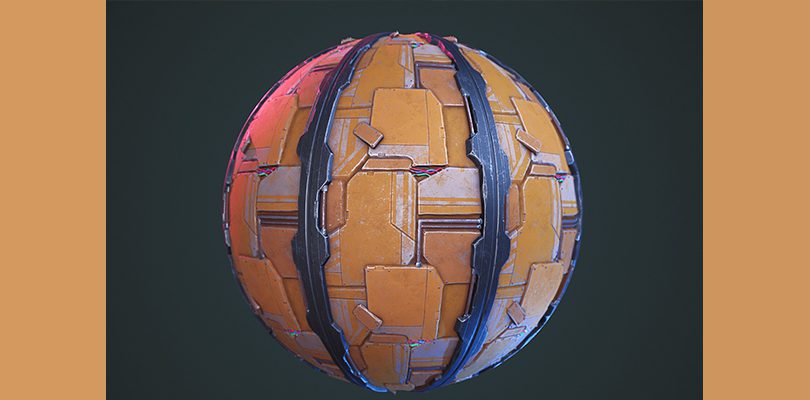
PBR is a rendering technique (rendering is the process of calculating your game graphics and in particular the interactions between light and objects in the environment) that takes the properties of real world materials. Rather than fiddling with your video game materials (e.g. the metal of a sword) blindly or with random values, you can now input its light refraction/reflection value from the real world value (thanks Google and its chemical property tables), for example.
HOWEVER, this changes the way the artist works, not the "level of detail" of the game, as you can read on the internet. Let's say that it is easier for an artist to create a realistic metal if he only has to get the values of the real world to have a credible base to work from. On the other hand, he can also use this "credible" base for a stylized or cartoon game! One of the first examples of this is the use of PBR on Rapunzel's hair in the Disney film or Pixar's work on Monsters University in 2012-2013.

I might as well tell you that for a technique dating back to 2010 in the big studios, you REALLY can't call it "revolutionary" in 2021. The fact is that the term PBR is a technical term that is not well known by the general public and can be enough to fool a player who thinks he is learning that Bandai is proposing a graphical innovation for his game. To avoid this kind of misinformation, I preferred to take the time to shed some light on this term and I hope to have helped you understand this technical aspect of video game rendering!
I don't know if the miscommunication came from someone at Bandai or from a major press site that everyone was quick to copy, but the revolutionary aspect of Digimon Source Code by its use of PBR was picked up on many specialized media. Always check what you read... Even on Jeumobi.
Duration of the closed beta Digimon Source Code and rest of the world
The duration of the Digimon Source Code closed beta as well as the associated rewards in-game have not yet been specified. Furthermore, the minimum system requirements for your mobile device to play the game have not been revealed, although you can register on the official website by indicating your OS and phone number to participate in test.
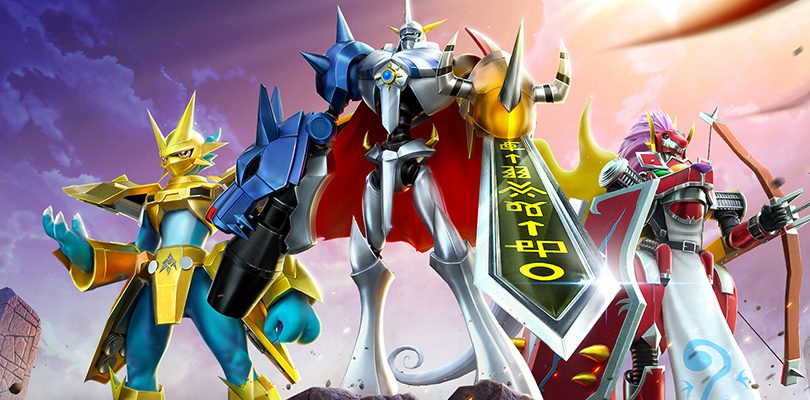
The game from Bandai and Baidu Games has no release date outside of China, where it will be available on Android and iOS. For Europe and elsewhere, you'll have to make do with Digimon Survive, which is already 3 years late... However, if you're looking for a mobile gacha at Pokémon, I'd advise you to give Nexomon: Extinction a chance, as it might just convince you.
Similar articles

Chaos Zero Nightmare announced (from the creators of Epic Seven) with a trailer
With a mysterious first trailer, the announcement of Chaos Zero Nightmare creeps into our news feed. Let's find out what this post-apocalyptic RP...

Solo Leveling Arise release date, the Olympics game and Dragon Pow: this week's mobile games recap
In this week's recap, issue 155, we talk about the release date of Solo Leveling: Arise, the Kingdom Hearts Missing Link beta, the release of Per...
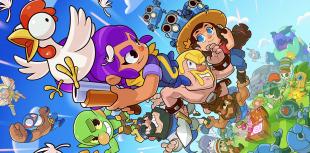
Squad Busters soft launch: new information before the release
That's right, Supercell is about to release a new soft launch game, 7 years after Brawl Stars, its most recent game to escape its Supercemet...

Codename Breaking Dawn release date : the Honor of Kings spin-off arrives in China
Chinese giant Tencent has unveiled the Codename Breaking Dawn release date, a punchy, dynamic fighting game that blends the fantasy world ofHonor...
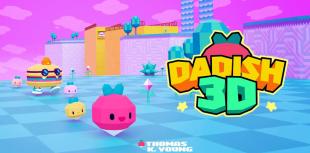
Announcement of Dadish 3D Mobile: the radish dad discovers 3D on 23 April
Daddy Radish is back for a new adventure! After 4 opuses available on consoles and mobile, it's time for him to discover the third dimension, wit...
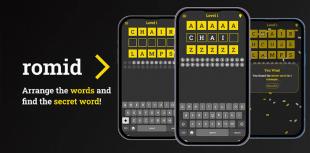
Release of Romid on iOS and Android, a high-level word game
Are you looking for a great word game? Then Romid is for you! This new puzzle game, developed by Rocorp, plays with words, challenging your logic...





Leave a comment
Your email address will not be published. Required fields are marked with*.